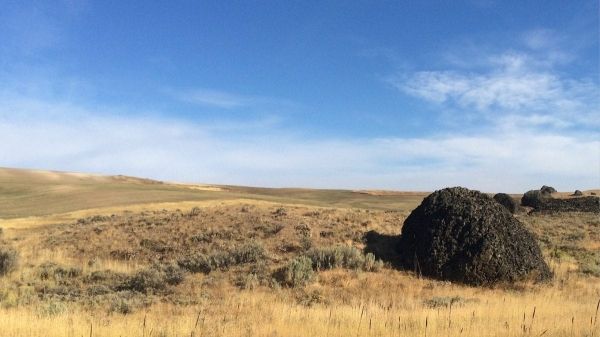A new study by scientists from Woods Hole Oceanographic Institution (WHOI) and colleagues shows for the first time how massive flood events in the eastern North Pacific Ocean—known as the Missoula Floods—may have in part triggered abrupt climate changes in the Northern Hemisphere during the last deglaciation (approximately 19,000–11,700 years ago). The findings, published Feb. 26, 2020, in the journal Science Advances, are contrary to the long held notion that cooling was primarily driven by changes in North Atlantic circulation.
“Everyone’s been searching for evidence of floods into the North Atlantic that might have caused various cooling events, but very little has been done to investigate whether the Missoula Floods had any impact beyond the Pacific Northwest,” says lead author Summer Praetorius, a Research Geologist with the U.S. Geological Survey and former WHOI research assistant.
Sedimentary deposits on land indicate that the Missoula Floods occurred nearly 100 times during the first part of deglaciation as former Glacial Lake Missoula in Montana repeatedly filled and drained enormous volumes of fresh water down the modern-day Columbia River, into the northeastern Pacific Ocean.
Read more at Woods Hole Oceanographic Institution
Photo: Huge boulders carried by the Missoula Floods were left stranded across the Pacific Northwest. (Photo courtesy of Tamara Pico, California Institute of Technology)


